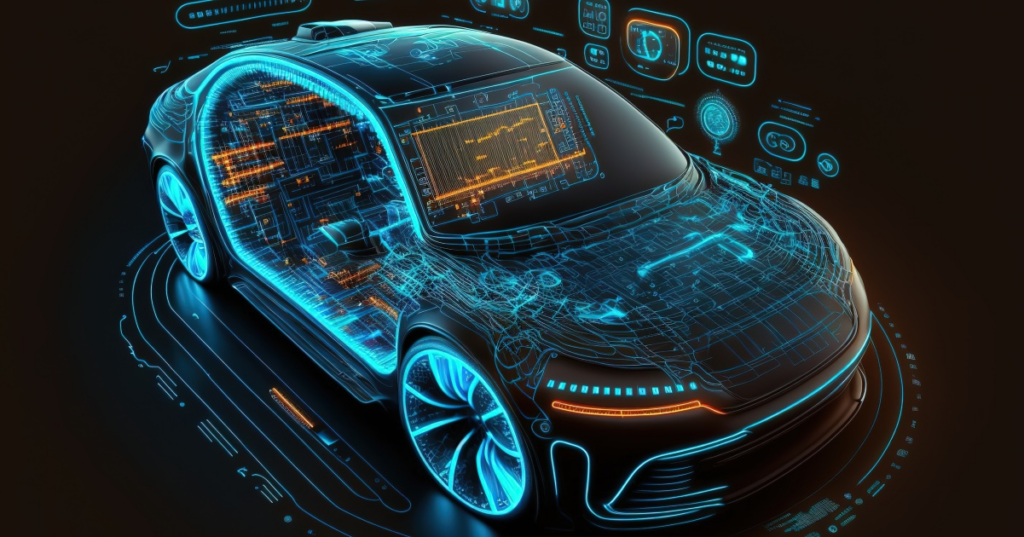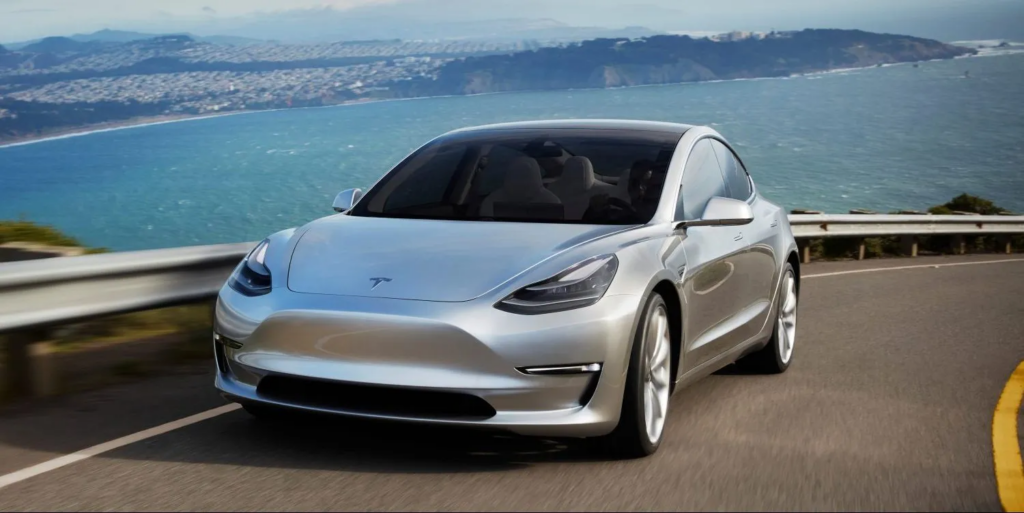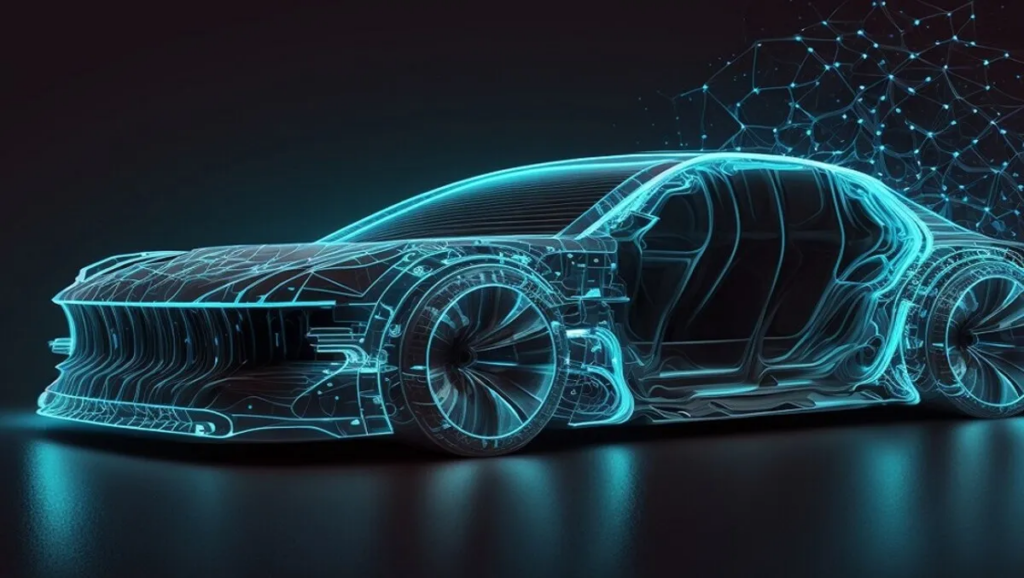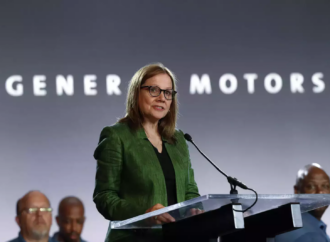From electric vehicles (EVs) to autonomous driving technologies. Let’s delve into some of the prevailing trends shaping the global automobile landscape.
In an era marked by rapid technological advancements and shifting consumer preferences, the automobile industry stands at the forefront of innovation and transformation.
1. Electric Revolution:
The transition towards electric mobility continues to gain momentum worldwide. With growing environmental concerns and government regulations aimed at reducing carbon emissions, automakers are investing heavily in electrification.

From established players like Tesla to traditional manufacturers like Volkswagen and BMW, there is a concerted effort to expand electric vehicle offerings.
Moreover, advancements in battery technology are addressing concerns related to range anxiety, making EVs more practical for everyday use.
2. Autonomous Driving:
The dream of self-driving cars is gradually becoming a reality, thanks to significant strides in autonomous driving technology.
Companies like Waymo, Uber, and Tesla are leading the charge in developing vehicles capable of navigating roads with minimal human intervention.

While fully autonomous vehicles are still undergoing testing and regulatory scrutiny, features such as adaptive cruise control and lane-keeping assist are already enhancing the driving experience and paving the way for a future where commuting is safer and more efficient.
3. Connectivity and IoT Integration:
The rise of connected cars equipped with Internet of Things (IoT) technology is transforming the driving experience.
These vehicles can communicate with other cars, infrastructure, and external systems, enabling features such as real-time traffic updates, remote diagnostics, and over-the-air software updates.
Additionally, the integration of voice assistants and smartphone mirroring technologies like Apple CarPlay and Android Auto is enhancing in-car entertainment and convenience.
4. Shared Mobility Solutions:
The concept of car ownership is undergoing a paradigm shift with the emergence of shared mobility services such as ride-hailing, car-sharing, and subscription-based models.
Companies like Uber, Lyft, and Didi Chuxing are revolutionizing urban transportation by offering convenient and cost-effective alternatives to traditional car ownership.
This trend is not only reshaping consumer behaviour but also influencing urban planning and infrastructure development in cities around the world.
5. Sustainability and Circular Economy:
In response to growing environmental concerns, sustainability has become a key focus area for automakers.
From eco-friendly manufacturing processes to the use of recycled materials, companies are striving to minimize their environmental footprint throughout the vehicle lifecycle.

Additionally, initiatives such as carbon offset programs and the development of biofuels are furthering efforts to create a more sustainable automotive industry that is in harmony with the planet.
6. Shift towards Mobility as a Service (MaaS):
The rise of Mobility as a Service (MaaS) platforms is redefining the way people access transportation services.
Instead of owning a car, consumers have the option to access various modes of transport, including public transit, ride-hailing, bike-sharing, and scooters, through a single digital platform.
This integrated approach to mobility offers greater flexibility and convenience while reducing congestion and pollution in urban areas.
In conclusion, the automobile industry is undergoing a profound transformation driven by technological innovation, shifting consumer preferences, and evolving regulatory landscapes.

From electric and autonomous vehicles to connected and shared mobility solutions, the global automotive landscape is experiencing a period of unprecedented change.
As we look ahead, it’s clear that sustainability, connectivity, and convenience will continue to shape the future of transportation, ultimately leading to a safer, more efficient, and more sustainable mobility ecosystem for all.


























Leave a Comment
Your email address will not be published. Required fields are marked with *